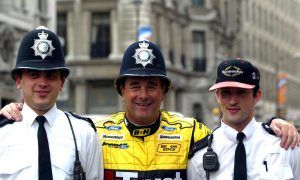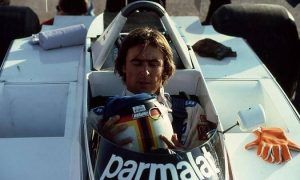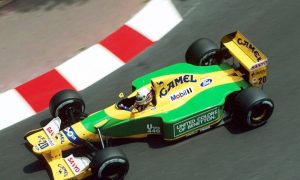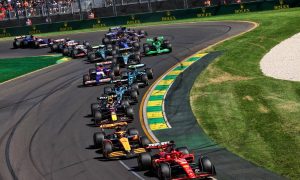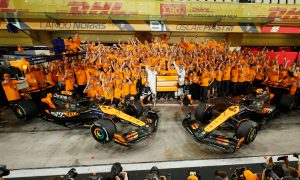Haas F1 Team

The team picture
- Constructors standing: P9, 3 points
When Haas arrived in Formula 1 in 2016 it looked as though they had genuinely found an effective new approach to competing in the sport without losing a fortune in the process. Their plan to outsource as much as possible of the operation to partners such as Ferrari and Dallara meant they were immediately competitive and cost-effective, and by 2018 they were fifth in the constructors standings ahead of the likes of McLaren, Force India, Toro Rosso and Sauber. But since then it feels like someone has let all the air out, leaving them sinking back to a position where they're now vying with Williams and Alfa Romeo for wooden spoon honours.
Part of that is connected to that very same unique business model and the resulting reliance on their partners. When Ferrari hit problems over the off-season with a slap on the wrist from the FIA and changes to the engine it uses and supplies to its customer teams, Haas and Alfa Romeo also took a big performance hit - and there's been little they can do to address it in 2020. For too many races this year the team felt like it was just making up the numbers, although they made the best of opportunities and strategic gambles when they occurred in Hungary and Germany. And of course the team became the unwelcome stars of the show in Bahrain with Romain Grosjean's terrifying accident.
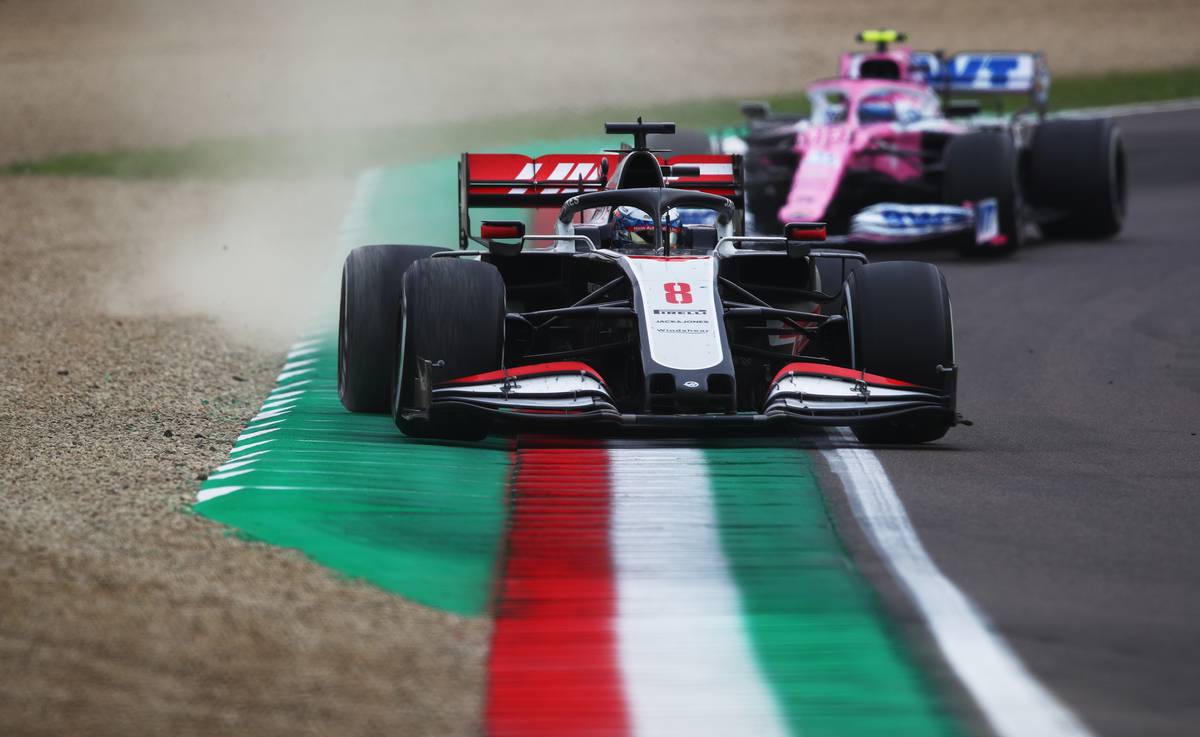
Whether Haas can find a way out of his depression is unclear. The team's biggest strength has been its two drivers who have worked hard to get everything possible from the sickly VF-20 - only to be handed their marching orders at the end of 2020. An all-rookie line-up for 2021 doesn't exactly inspire confidence, especially when it feels like one of those is only been promoted to F1 because of the money he brings to the team through his father Dmitry Mazepin, who is being touted as the new owner of the team should Gene Haas decides to exit stage left from the sport anytime soon.
The driver line-up
- Romain Grosjean: P19, 2 points
- Kevin Magnussen: P20, 1 point
- Pietro Fittipaldi: P23, 0 points
Romain Grosjean and Kevin Magnussen have been working together at Haas since 2017, and there's an argument for thinking that this is might have been at least one season too long. Continuity is one thing, but a prolonged status quo can also result in stagnation. The original Danish ice and Gallic fire dynamic between the pair at the start now feels more like two veteran soldiers who have been under heavy shelling for so long that all former differences have been put aside in pursuit of survival.
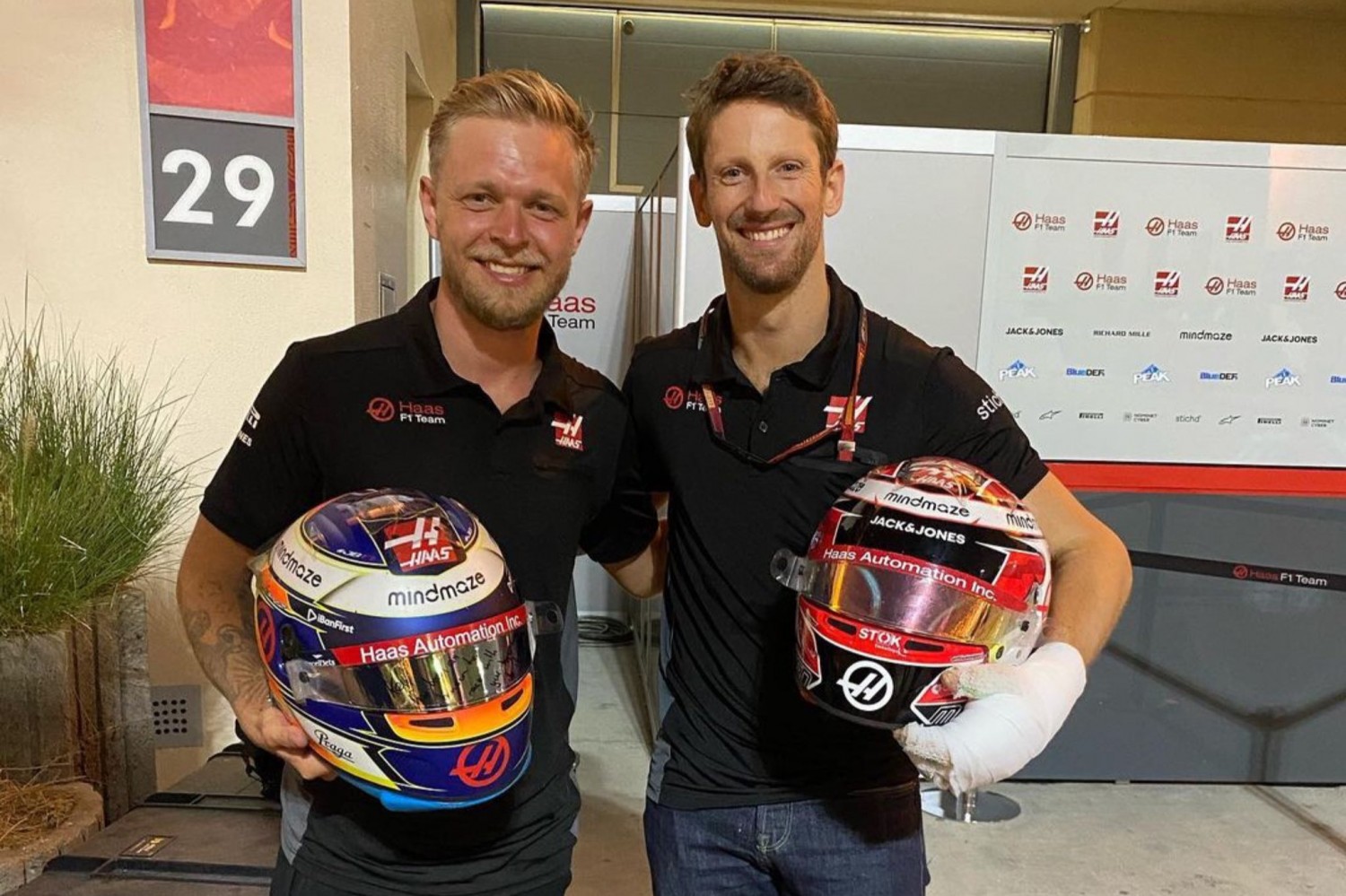
There's a general assumption that Magnussen has been the better driver of the pair this year, but that's not borne out by the raw data. Grosjean claimed the team's best grid position of 13th at Silverstone and had an overall average starting place of 14.13 compared to 15.76 for Magnussen, with each driver coming out top in seven times in qualifying (not including Styria where Grosjean wasn't able to run in Q1, and the races he missed in Sakhir and Abu Dhabi). Grosjean also had the best race result of ninth place in the Eifel Grand Prix and narrowly pipped his team mate in average finishing position (14.67 to Magnussen's 14.73) meaning he finishes the season with double the number of points of Magnussen (or one more, if you prefer) despite not being able to take part in the final two races of the season.
By that point both Grosjean and Magnussen knew they would be leaving F1 at the end of the year. Grosjean is reconsidering his IndyCar plans in the wake of his accident while Magnussen will be racing full time in the IMSA WeatherTech SportsCar Championship. It leaves Haas fielding two rookies, Mick Schumacher and Nikita Mazepin and it's going to be very tough for them to show what they can do if Haas (and Ferrari) can't do something to pick up the pace over the winter.
Gallery: The beautiful wives and girlfriends of F1 drivers
Keep up to date with all the F1 news via Facebook and Twitter



